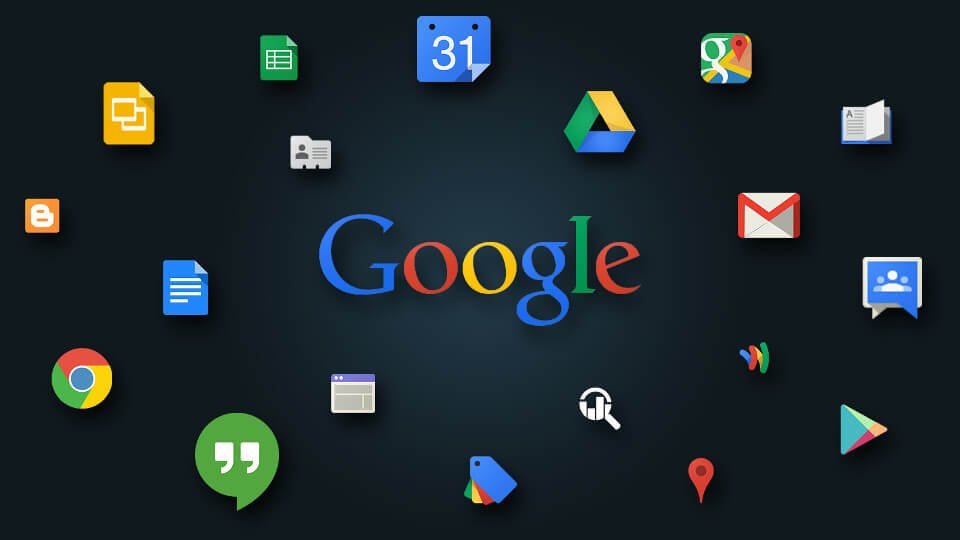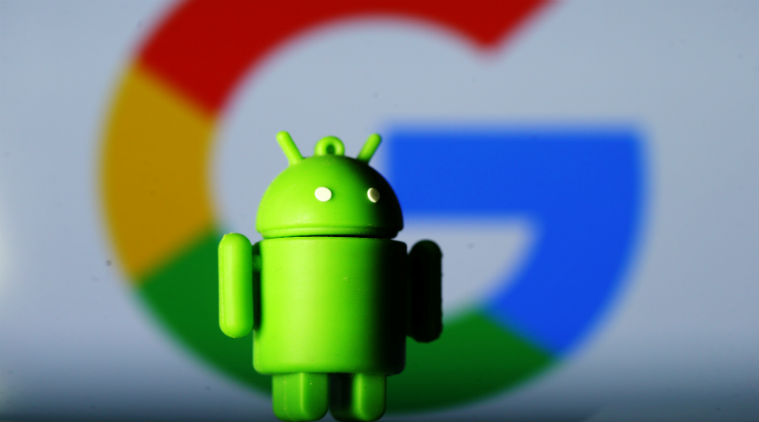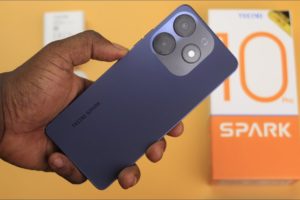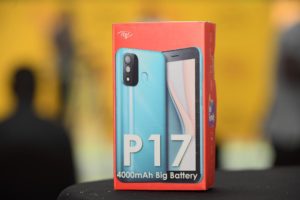For most smartphone users, the operating system under the hood that keeps everything running smoothly is mostly under the radar for them. The ordinary smartphone user mostly relates with smartphone brands such as Tecno, Huawei, Xiaomi, iPhone etc but has no idea about the underlying mechanics that run their phones. In fact, most Android phone users don’t even know that Android is a whole operating system comprised of both closed and open-source components with Google at its core.
But for Original Equipment Manufacturers (OEM), these nitty-gritties are very important and in fact one OEM, Huawei to be specific is facing the heat of this differentiation. As you might already know, Google is reportedly ceasing business with Huawei as a result of the chinese telco and phone vendor being added to an export blacklist by the Trump Administration. The consequences of this update is that new Huawei devices will no longer be supported by Android, Google’s Mobile Operating System even though existing devices will continue to receive updates.
But wait, I thought Android is an Open Source piece of software anyone in world is free to use and modify? Well, that’s partly true. You need to read the fine print.
What is Android
Android is a mobile Operating System(OS) owned by the search giant Google initially launched in 2007 in response to Apple’s iPhone launch. The OS is designed to work with smartphones, tablets, TVs (Android TV), car entertainment system (Android Auto) and wearables (Wear OS). The current version of Android as of 2019 is called Android Q and is currently being tested on Google’s Pixel smartphones.
Now Android being developed by Google which has its own commercial interests incorporates proprietary software what’s called Google Mobile Services(GMS) which are suit of Google products and services that usually come pre-installed in most Android phones. GMS consists of Google products search as Search, Gmail, Chrome, Youtube, Play store where you download apps, Maps, Calendar, Play Music, Movies, Drive etc. Basically the stuff you now can’t do without on your phone.

Now Android phone vendors are required to obtain license from Google to install GMS legally on their phones. Turns out this license is free of charge, but of course Google recoups its money from Ads which are dependant on eyeballs. The more people have GMS installed on their phones, the better for Google.
Now the open source version of Android is called Android Open Source Project(AOSP) again led by Google. Once the codebase is updated, OEMs like Samsung, Huawei, Tecno, Xiaomi are free to take it and then customize it for their own devices. Usually OEMs will add Google’s proprietary Services we mentioned above, include their custom skins/themes and combine it with Free and Open Source AOSP and ship it with branded devices. This is how users are able to tell Samsung Galaxy phones from Xiaomi, Huawei and Tecno devices.
So the U.S government blacklist which forced Google to stop supporting future Huawei devices applies to GMS and not AOSP.
Can AOSP alone save Huawei and other OEMs?
Well this is difficult question. When Android first launched, there were several open source version of apps and services for every proprietary Google mobile service alternative. For instance, you had open source Search, Music, Calendar, and the location API. But Google quickly abandoned maintaining these alternatives in favor of its own proprietary services such as Google Search, Google Play Music, Gmail, Google Calendar, Play store etc.
Read more: Will ‘Hongmeng OS’ be Huawei’s Plan B to Google’s Android Ban?
As a result most mobile users are now more acquainted with these Google services more than anything else. In a way Google has placed OEMs in a tricky situation were they have to include Google services on their smartphones because their customers demand it.
For regions such as China where Google services are already blocked, companies like Huawei can do without Google’s GMS services. In fact, Huawei has been very successful in markets like China, but now the latest blacklist and revocation of Google services from Huawei by Google will adversely affect its customers in other markets where Google services have been dominant.
What’s the Future of Android and Smartphones?
Android up until now is synonymous with Google services. Unless you live in China or Russia, one can’t exist without the other. GMS proprietary services have made Google almost a monopoly in the mobile industry given than more than 80% of today’s smartphones run Google’s Mobile Operating system. And with decrees such as the one we have seen from the Trump Administration, we don’t know which Android OEM could be targeted next.
Even if such interferences might not come from the U.S Government, still OEMs are at the mercy of being given or denied licenses to proprietary Google services that users have come to heavily depend on. The most likely inevitable outcome is the continued fragmentation of the Android ecosystem where every vendor will fork and develop their own custom version of AOSP reduce their dependence on Google or even the U.S Government. In fact Huawei is reportedly working on Hongmeng OS, it’s plan B response to the ban. But how this will ultimately playout is something time will tell.












